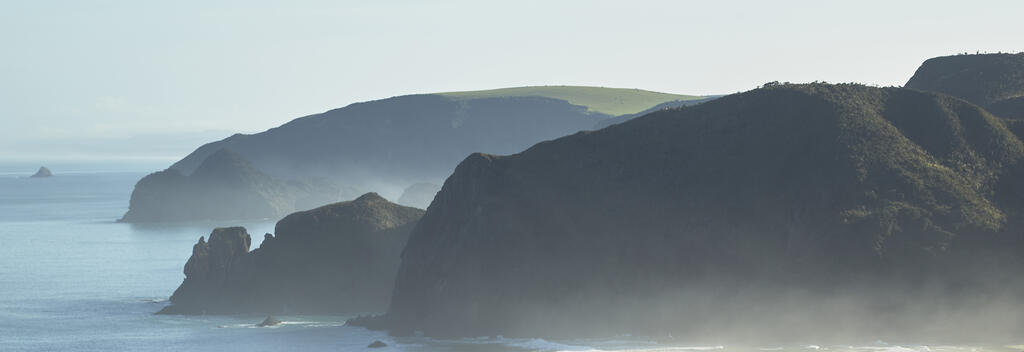Visit Aotearoa New Zealand in summer and see nature at her best.
New Zealanders are an easy-going bunch but in summer even Kiwis take it down a notch. Summer begins during the lead up to Christmas and the New Year, so the mood of the country is one of celebration. As the weather gets warmer, barbeques and after-work rugby matches take up much of the nation’s attention. Jelly tip ice creams become the weekend treat of choice and footwear is replaced with jandals (flip-flops) or abandoned all together. To check it out for yourself, here’s some of New Zealand’s top summer hangouts and things to do.


New Zealand is in the southern hemisphere, so its summers are the opposite of the northern hemisphere – from December to February.
Summers are generally warm, but for a small country, temperatures vary considerably by region. For example, the pleasant humidity of the subtropical rainforests in the north is different from the alpine conditions of the Southern Alps in the south.
These microclimates are caused by New Zealand’s latitude and rugged topography. Factors that give New Zealand’s its unique character. There aren’t many places where you’ll find a famous glacier within ten kilometres of a rainforest retreat. Or find the highest and lowest temperatures on record happened at the same location.
In summer, afternoon temperatures typically range from 18°C and 24°C, but temperatures exceeding 30°C are common for low elevation inland areas and the north of the country.
City Min Max
Auckland 15°C (46°F) 24°C (75°F)
Wellington 14°C (57°F) 21°C (69.8°F)
Queenstown 9°C (48°F) 22°C (72°F)
Invercargill 9°C (34°F) 19°C (66°F)
New Zealand gets about 2,000 hours of sunshine annually. The sunniest spots are Nelson and Marlborough, which have more than 2,300 hours per year.
For most of the country, rainfall is spread evenly throughout the year so you can expect a few showers over summer.
If you’re heading to the West Coast, it is safe to stay you’ll experience more than the odd shower. Here, it rains about half the time and there’s a lot of it – roughly 7m a year. Inconvenient for visitors but advantageous for the spectacular rainforests that live here.
In this small island nation, you are never far from the sea – or a sea breeze. If you visit Wellington the chances are you’ll experience gale-force winds at some point. Here, the wind is gale force or stronger here for about 200 days of the year.